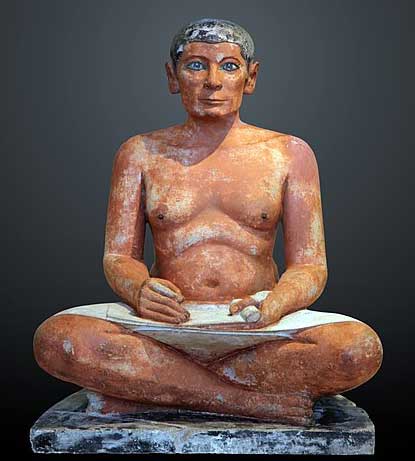Today is #StGeorgesDay. St George is one of the most important of all saints in the Ethiopian Church, revered for his martyrdom, and especially for his survival through repeated tortures - he was, above all, one tough 'ol boy.... 1/ #hardtokill 


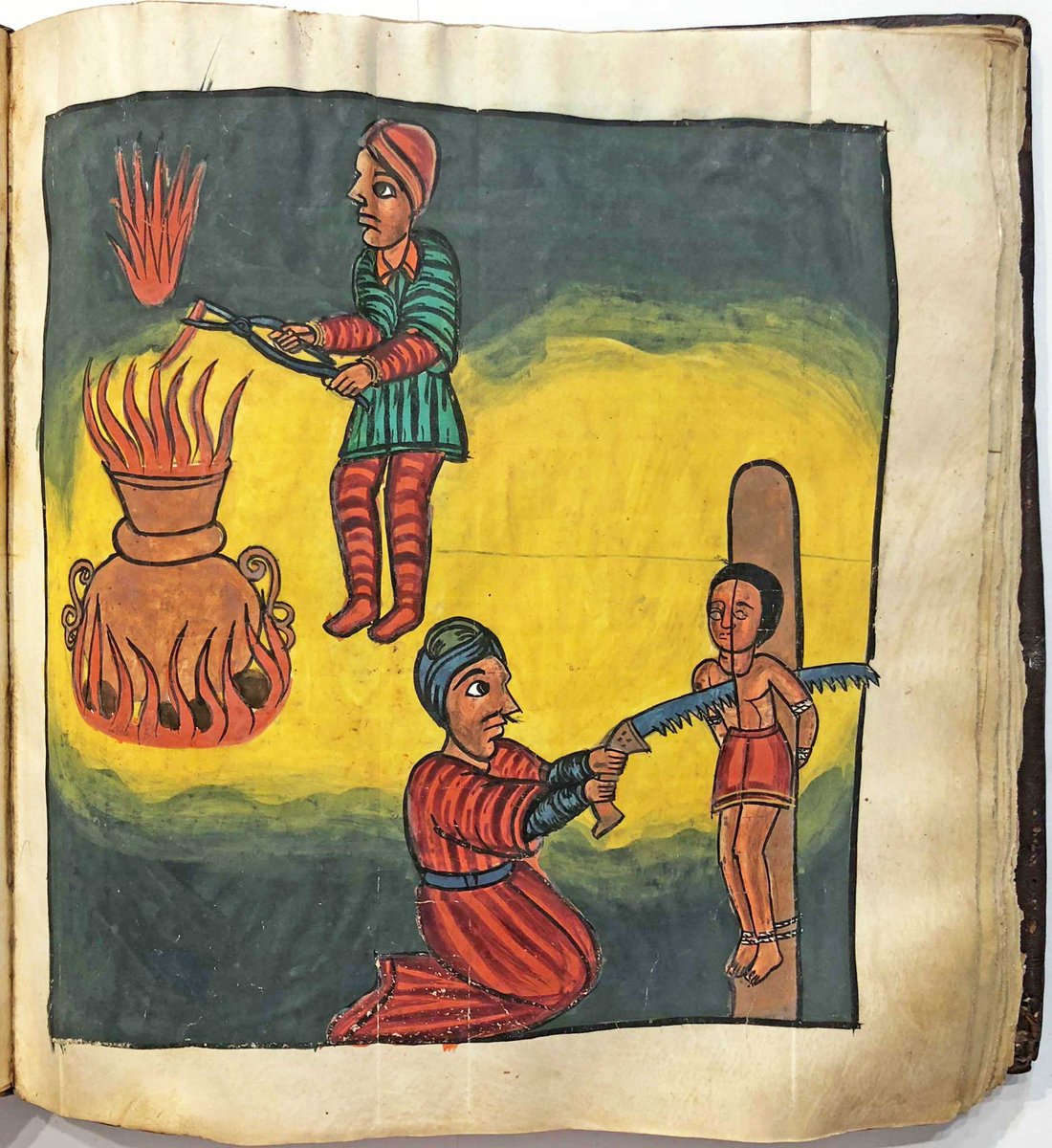
As we progress through this Ge'ez codex of the Life & Miracles of St George, despite multiple impalings, hangings, beatings, roastings and stabbings, St George remains still only mostly dead. And as "The Princess Bride" taught us, mostly dead is still slightly alive.... 2/ 


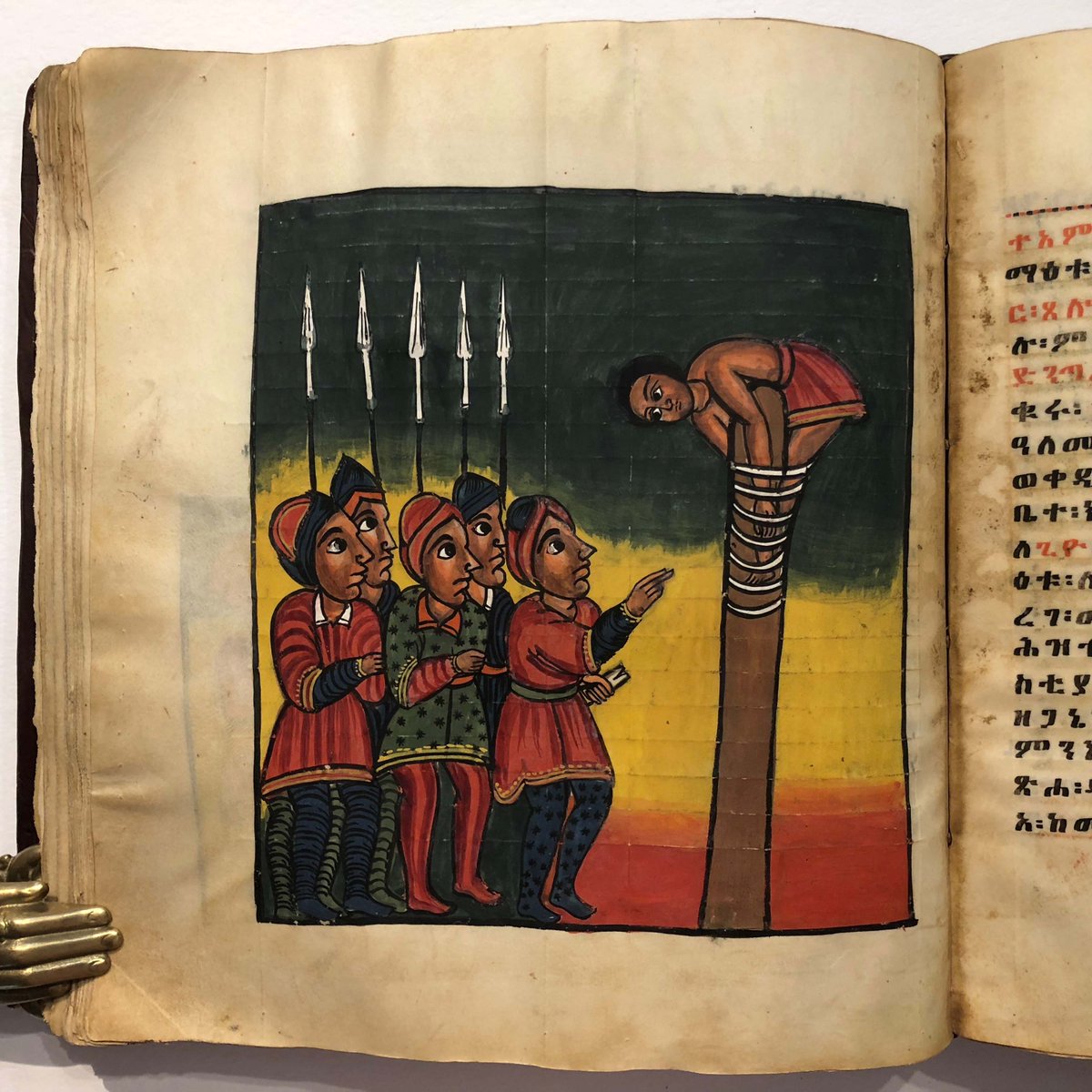
Sadly though, in the end actual decapitation was too much to bounce back from, even for St George.... 3/ 

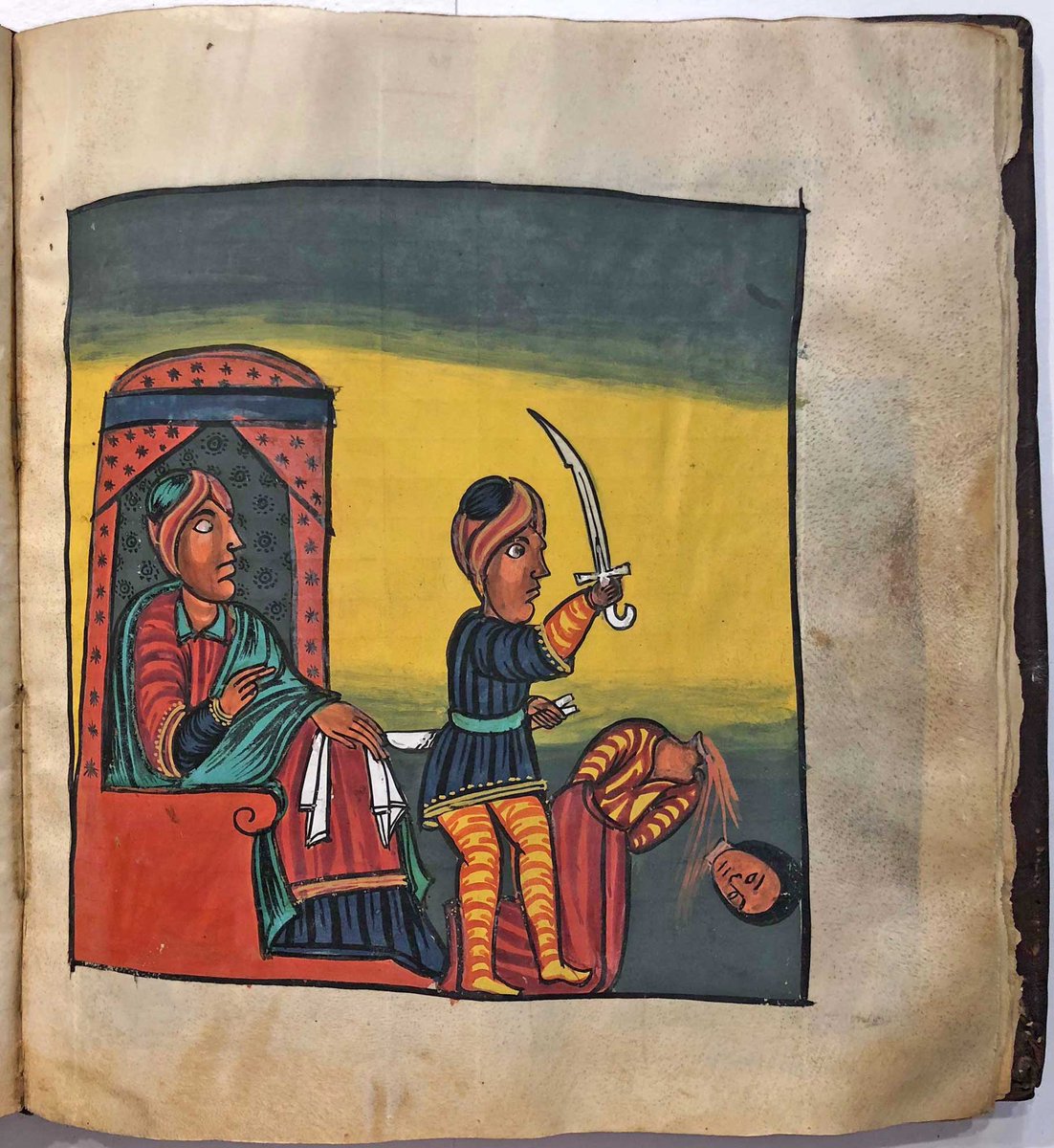
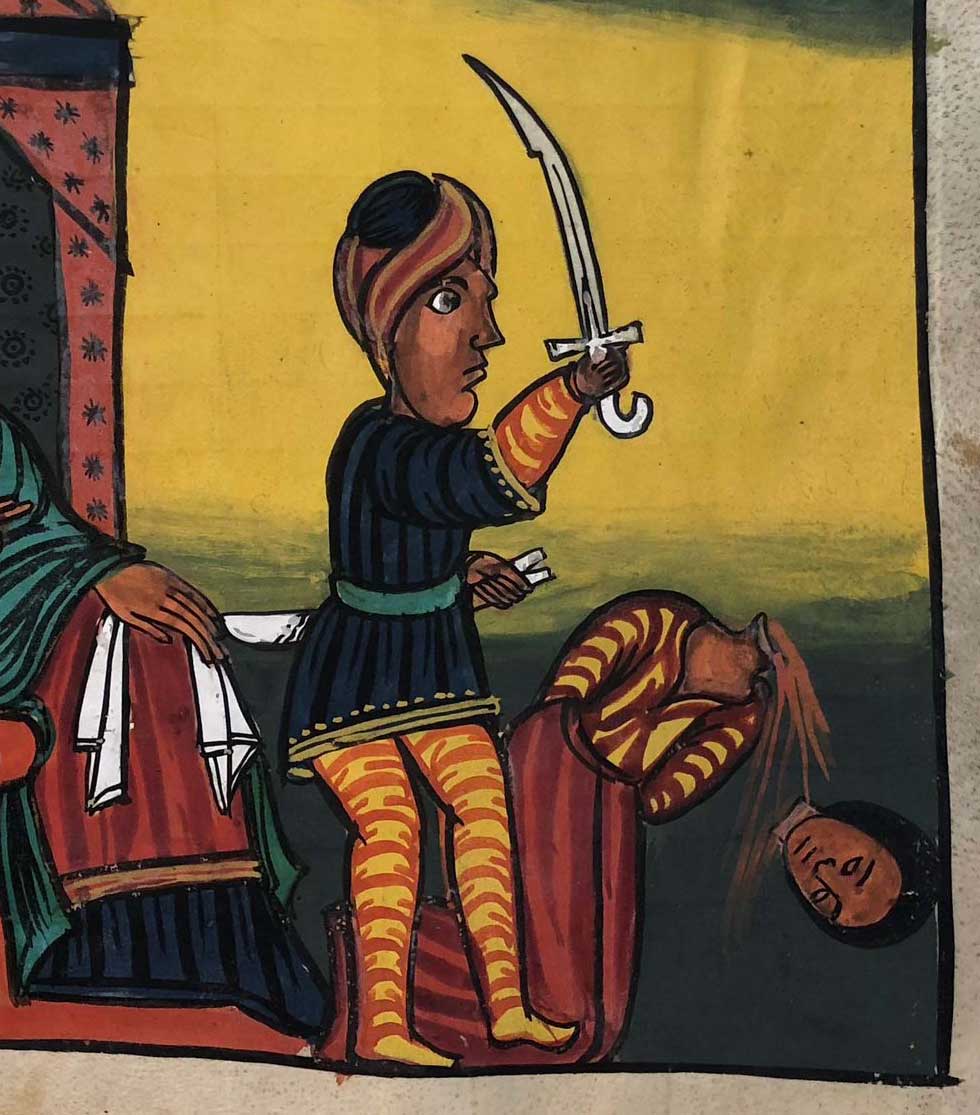
This focus on St George's suffering and martyrdom is a big part of his cult in Ethiopia, but of course St George is also remembered for an incident that happened well before all this unpleasantness..... /4 



This codex dates from the mid 18th century, and the illustrations are painted in the so-called Second Gondarene style, with figures set against a coloured background, usually framed within a simple narrow black linear border. /5 







Another view of St George slaying the dragon, and another scene from his martyrdom, this time showing him being hanged AND stabbed at the same time. 6/ 



Here he is being sawn in half - AGAIN, and at right, being roasted alive. He shrugged this all off. 7/ 



• • •
Missing some Tweet in this thread? You can try to
force a refresh








